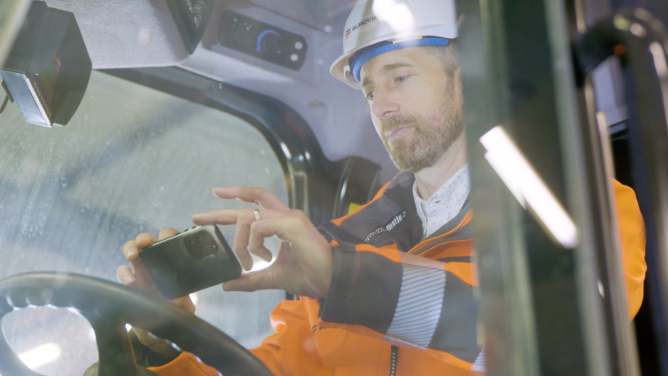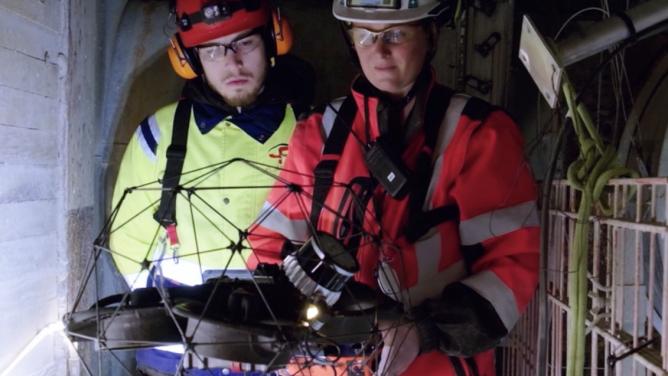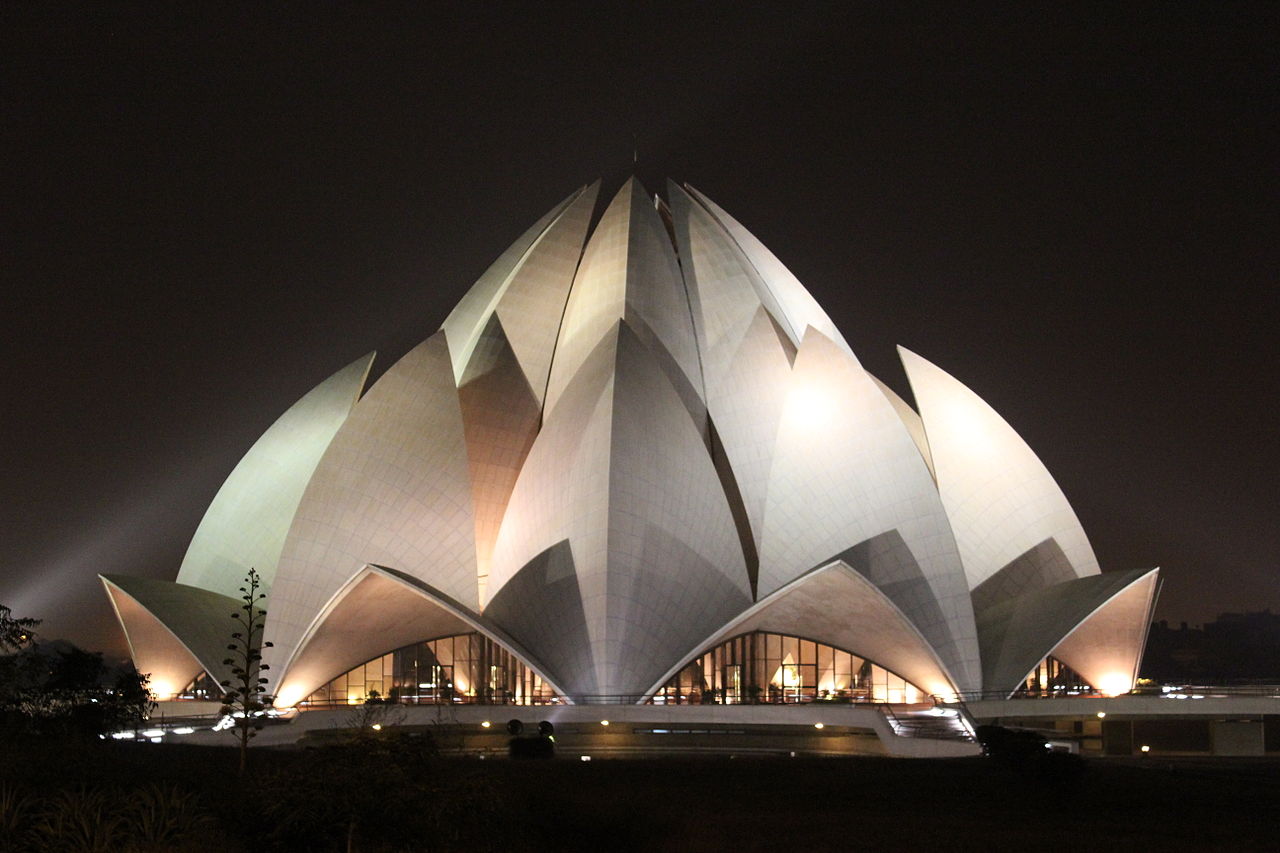
Biomimetics gravitates around one central idea: recognizing that nature, its organisms and ecosystems, is one step ahead of humanity when it comes to problem-solving. “Nature knows best,” so the English say. Even Leonardo da Vinci was on to it too when he said ”Learn from nature: that is where our future lies”. The term biomimetics first appeared in the 80s. However, it only made a bigger impact when Janine Benyus’ founding work Biomimicry: Innovation Inspired By Nature was published in 1997, and it’s spawned many followers ever since. In 2014, CEEBIOS (the European Center of Excellence for Biomimicry in Senlis) was created. In 2017, Fortune and McKinsey made it one of their major trends. And in 2018, the Biomim’expo fair came to Paris thanks to a growing interest in the topic. Not only that, but a multitude of ambitious construction projects are on the horizon, such as the Ecotone building planned for 2023 as part of the Grand Paris project. For all that, the concept of biomimetics remains often used in a rather vague way, as if simply waving a magic stick on the construction industry. For professionals in the construction sector, there’s always a risk of turning this into a well marketed buzzword often lacking in substance. So we’ve decided to take a look at this trend.
From metaphor to technology
Taking inspiration from nature is nothing new. For example, Baroque and Art Nouveau architecture have already been boasting their filiation to the natural world for several centuries now. These days, more and more constructions are getting in on the trend. Take the Lotus Temple in New Delhi which is in the shape of a flower, or Singapore’s Helix Bridge which imitates the structure of DNA, and as for Beijing’s Olympic stadium, well, it’s nicknamed the Bird’s Nest…. This is often a case of bio-inspiration, whereby the aesthetic, symbolic and metaphorical dimensions are highlighted. Sometimes, bionic architecture gets mentioned, which “gives rise to new designs that are effective from a functional standpoint and unique in terms of aesthetic quality, but don’t take into account the principles of nature, nor necessarily sustainable development.” It’s even more rare that we talk truly about biomimicry. This would be the ultimate development inspired by nature. By definition, biomimicry is multi-disciplinary, connected to rules rather than shapes, and seeks to reproduce nature’s spectacular capacity to adapt. What’s more, it’s about building in collaboration with the environment, following the reasoning of those ecosystems that reign in nature.
In this extremely large framework, biomimicry covers several aspects. According to the 2015 study Le biomimétisme : s’inspirer de la nature pour innover durablement (“Biomimetics: sustainable innovation inspired by nature”) lead by Patricia Ricard at CESE, biomimetics can be split into three types: structural, procedural and learning from ecosystems.
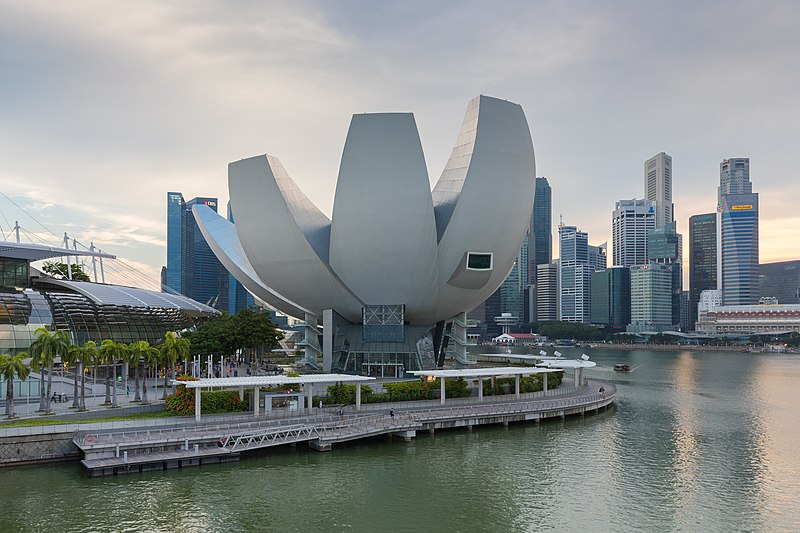
Structural biomimetics: from aesthetics to materials
Nature’s shapes and morphologies are the result of thousands of years of evolution. In this respect, the construction world takes inspiration from nature’s learnings. If we take a look throughout the world, the most spectacular examples have now become world famous: the Swiss Re Building in London, aka the Gherkin, took its inspiration from the shape of the Venus’ Flower Basket, a marine-life sea sponge that’s highly resistant. In Singapore, The Esplanade concert venue mimics the skin of the tropical durian fruit, designed to reduce the building’s energy consumption and need for artificial light. Staying in Singapore, the Artscience Museum is in the shape of a giant lotus flower, despite the design being made for aesthetic reasons, it also makes it easier to collect rainwater for recycling!
As for the structure of materials, the same method exists. For example, there’s the acoustic properties of a spider’s webs, or how metallic wood promises to be light and strong. In a similar vein, researchers at MIT have developed an inverted process: simply specify the properties you want a material to have, and the system generates a microstructure that matches the specification.
Procedural biomimetics: termites, seaweed and trees
Apart from structures, the way nature behaves provides some wonderful possibilities. Architects, researchers and constructors try and analyze nature’s processes and functions in an attempt to reproduce them. Perhaps the most recognized example of procedural biomimetics is the EastGate building in Harare, the capital of Zimbabwe. It was inspired by how a termitary works to aid ventilation and stabilize indoor temperatures. Furthermore, it consumes 35% less energy compared to a traditional air-conditioned building. Meanwhile, the X-TU architect studio has come up with a new bio-façade which contains the culture of micro-seaweeds on the building façade. This provides the building with natural insulation, it absorbs CO2 and the seaweed can also generate its own precious biomass. When it comes to creating materials, scientists today are trying to develop a temperature-regulating polymer by taking inspiration from leaves… Architect and founder of OXO studio, Manal Rachdi doesn’t deny the power of arboreal innovation, when he praised of the efficiency of trees in Batiactu: “They trap carbon, they generate humidity and they stabilize soils.” The architect added that trees “retrieve solar energy, transform it before redistributing it. They may be rooted to the ground, but they have a changing nature.” Judging by his comments, it’s no surprise that he joined up with Japanese architect Sou Fujimoto to bring the Arbre Blanc project to life in Montpellier, a biomimetic building that is highly energy efficient.
Ecosystem biomimetics: forest cities in the future?
The last biomimetics category concerns how nature interacts as a system. Basically, it’s about reproducing the exchanges, networks and equilibrium found in nature, which are often all very complex. Despite being created several decades ago, Kalundborg in Denmark remains the most emblematic example of “industrial symbiosis” and is still evolving today. Residue gas from the refinery is used by a plasterboard manufacturer to heat gypsum. Cooling water from the very same refinery is then used by the electricity plant, etc. On the whole, the different industrial actors on the site optimize their waste, water and energy management systems. This project came to life almost spontaneously, and today there are many imitations. The analogy between modern urban centers and natural ecosystems makes it possible to imagine “biomimetic cities” popping up. Vertical forest projects – such as the Stefano Boeri’s Bosco Verticale in Milan – are increasing in number and perhaps suggest the advent of cities that are more connected to their environment.
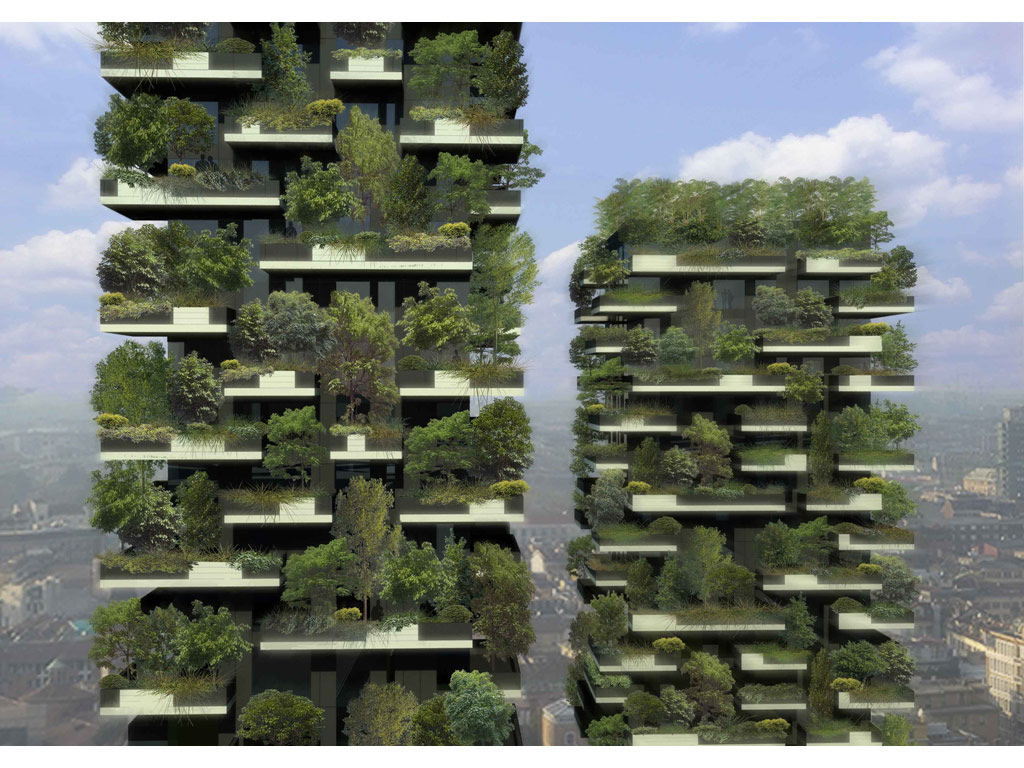
Sustainability in view
While biomimetics in construction opens up the field of fascinating technological possibilities, the trend can also be understood in a more philosophical way. It’s about changing our perspective towards our relationship with the world around us, which up until now, has been mainly focused on extracting and exploiting the earth’s resources. In this context, the business world is advancing, but it remains relatively reserved. The Biomimicry Launchpad is an accelerator program dedicated to companies applying biomimetics, and at Circularity 2019, they will award a $100,000-prize to a startup in the sector. Amongst those selected: EcoStp takes inspiration from a cow’s stomach to create a sewage treatment solution. GenRail harnesses wind generated on urban freeways and converts it into energy. While Phalanx Insulation has developed bio-inspired insulation panels. While the initiative is promising and those projects presented are fascinating, it remains an isolated case and somewhat inadequate compared to the major issues at stake. While it’s proved its cause, there still appears to be cold feet around the topic: so who will champion biomimetics?
